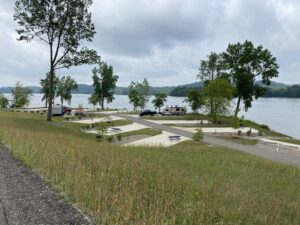
INDUSTRY TRENDS
Thinking Smart City Integration? Introducing Driverless Technology
December 7, 2017 | WRITTEN BY: Shannon
Written by: Frank Bronzo, Principal
As a transportation professional, I wrote a previous blog about the future of transportation, and driverless cars, and how transportation infrastructure will soon be flipped on its head. I suggested a call to action for the transportation industry to be committed to finding out how much safer our roads could be with vehicles equipped with advanced driver assistance systems (ADAS). In Ohio, the Ohio Department of Transportation (ODOT) and the Ohio Turnpike and Infrastructure Commission have answered the call by implementing projects that aid in the advancement of this technology.
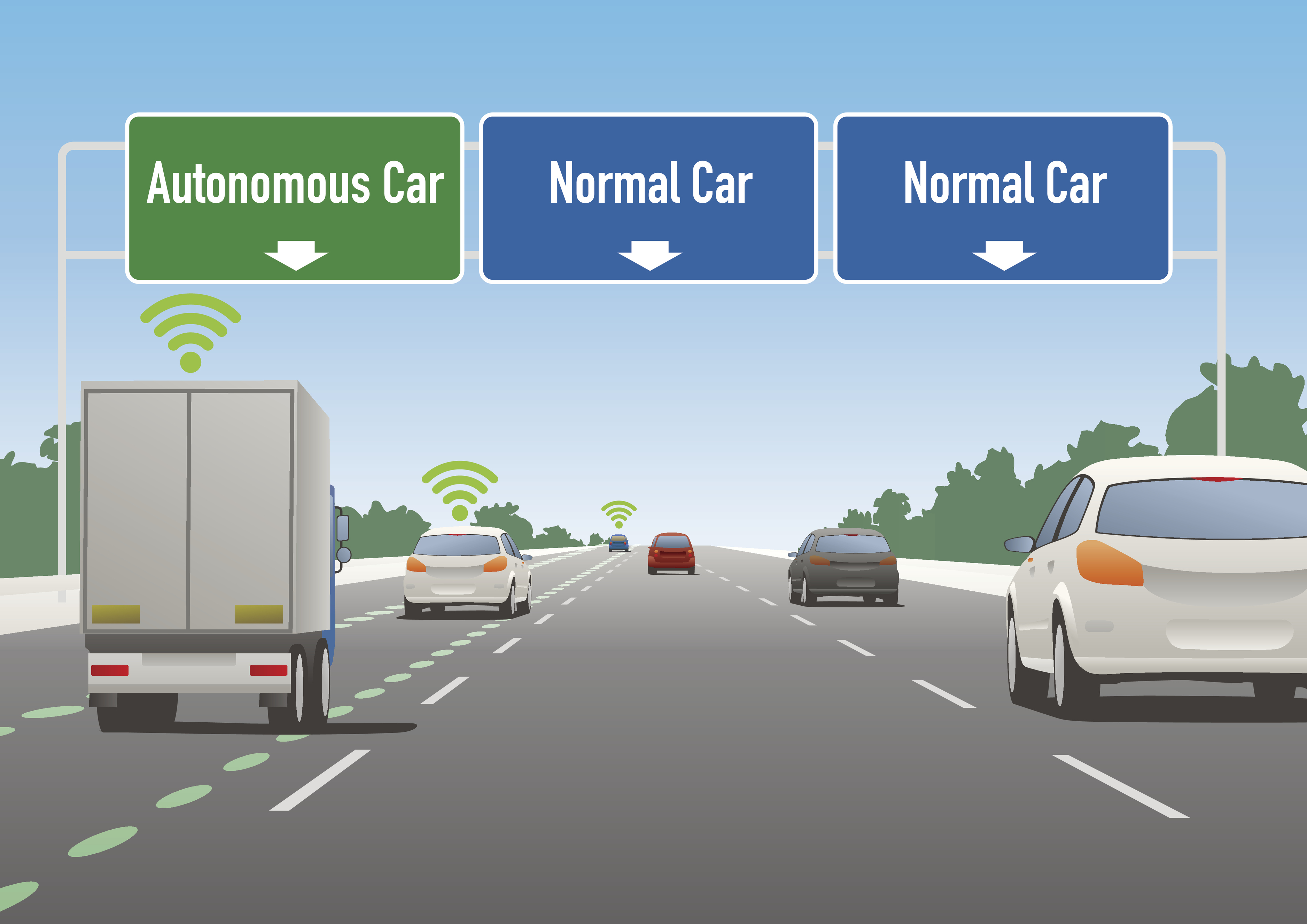
ODOT will procure numerous strands of high-speed data using a fiber optic line to connect the Honda/OSU Transportation Research Center and the Ohio Super Computer Center. The fiber line will consist of two routes – each about 35 miles long. One route will be constructed entirely within the U.S. 33 right-of-way and will serve as an enhanced connection for OARnet and DAS OIT as well as a test bed for connecting Road Side Units (RSUs) to monitor traffic and serve as an enhanced connection between autonomous and connected vehicles and the roadway infrastructure.
The journey towards implementing these advanced systems is moving faster than ever before. As a nation, we rapidly adapt to innovative technology. Just think, not long ago making a phone call could only be done in your kitchen or a telephone booth. Now, most people regularly have digital technology at their fingertips allowing them to make phone calls, check emails or share their latest meal on social media. The point is, people will adapt to advanced driver-assistance systems (ADAS) quicker than we think .
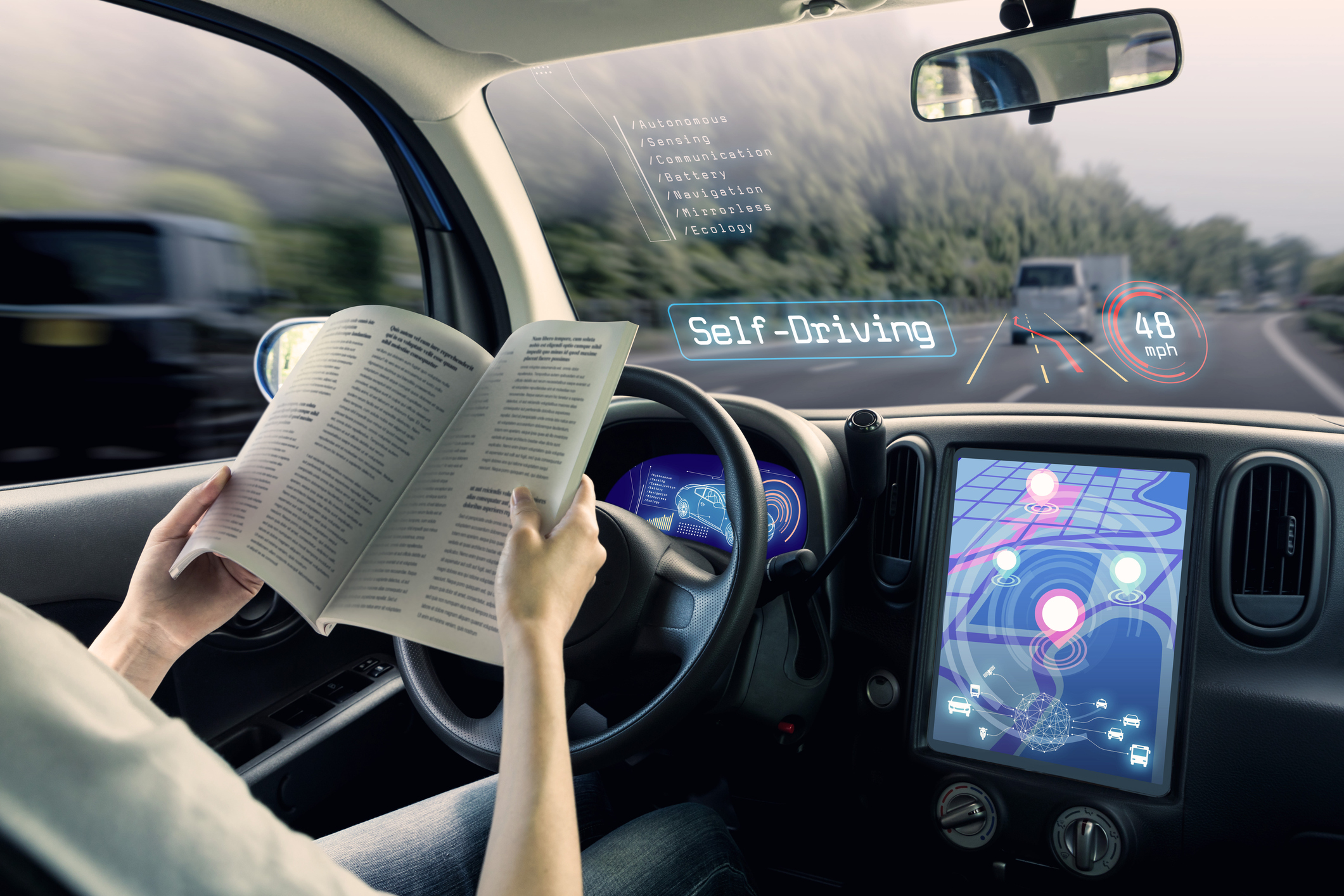
This new era of ADAS will bring about exciting opportunities to innovate in several fields including:
Traffic
The implementation of advanced technology systems such as ADAS will cause a ripple effect in transportation infrastructure because the processes are so closely related. For instance, the impacts of ADAS on classic traffic flow modeling must be examined as traffic analysis, planning, control and general transportation management actively hinge together.
Our current static and dynamic controls are prepared for the traffic flow generated by human drivers. But the traffic composition with driverless cars requires much more complex conditions and control tasks to be satisfied.
Consider the first stages of ADAS integration – although much more agile than a human driven car, the ADAS will have to drive more conservatively to account for and assimilate with human driven cars. Perception and reaction time of self-driving cars are far beyond that of human driven cars. Head ways will increase, and driver speed will decrease. These and other scenarios require us to rethink traffic modeling and how to predict traffic volumes and signal timing while we are in the heterogeneous phase of traffic composition.
Automobile industry
McKinsey & Company have been studying the automotive industry and have taken a granular approach in understanding where the autonomous vehicle industry is going and how it will affect the automobile industry.
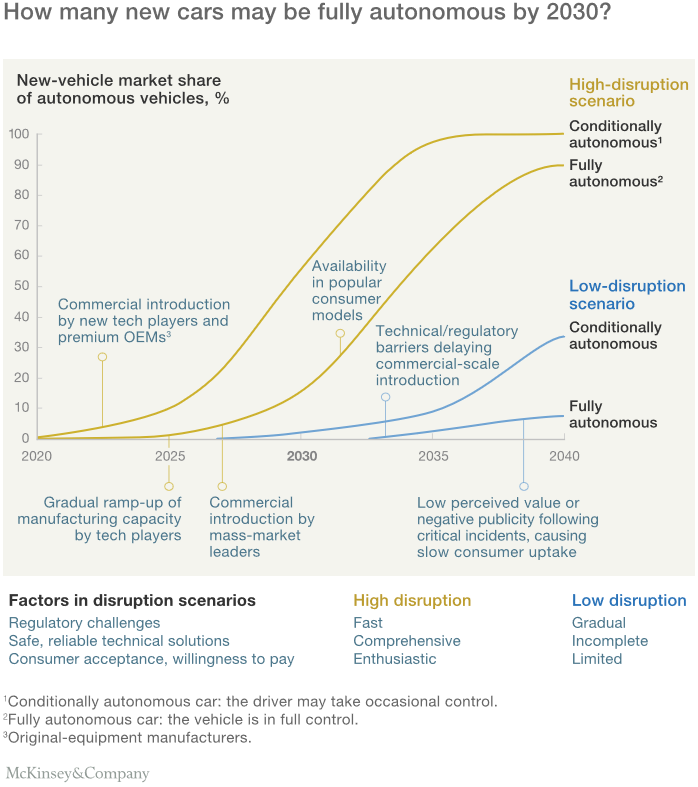
The automobile industry, like the age of the computer processor, is evolving as new technologies are brought to the forefront. The automobile industry will be leading integration in to the autonomous age. The technology that is adapted by the automobile industry will largely rely on mobility business needs and consumer acceptance. They can set the pace of the autonomous age while calibrating their production with consumer needs.
According to On Digital Marketing, there are five customer segments of technology adaption which include:
- Innovators (2.5%) – The first individuals to adopt innovation, are willing to take risks, and are generally youngest in age.
- Early Adopters (13.5%) – Highest degree of opinion leadership, typically younger in age, but more discrete in adoption choices than innovators.
- Early Majority (34%) – Adopt after a varying degree of time and tend to be slower in the adoption process.
- Late Majority (34%) – Will adopt after the average member of society and holds a high degree of skepticism.
- Laggards (16%) – The last to adopt innovation, but also have little to no opinion leadership, have an aversion to change, and tend to be advanced in age.
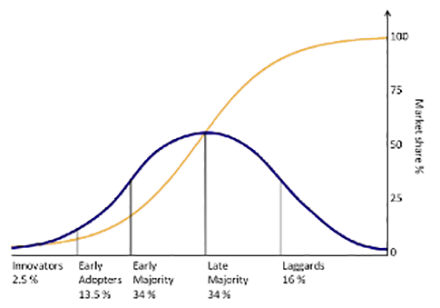
According to the McKinney report, the autonomous vehicle will be adopted by 2030 and at that point we would have completed the five customer segments of technology adaptation, each having their own unique impact to our transportation network.
As we move forward with advancing the safety of the traveling public, having a transportation network that can easily adapt to the changing needs of new technology will become a priority. In the past, roads and bridges were reconstructed/rehabilitated due to obsolesces or poor condition. This will hold true in the future when considering the added need to adapt to technology and advance mobility.
The goal is to make our transportation network safer and easier to navigate for all users with the ability to integrate driverless technology. As we move towards this new era, Environmental Design Group is embracing these changes to continue to provide a safer transportation network.
RELATED TAGS:
[xyz-ips snippet=”comment-form”]



